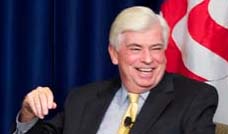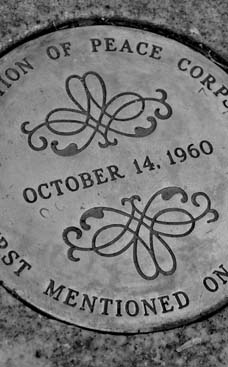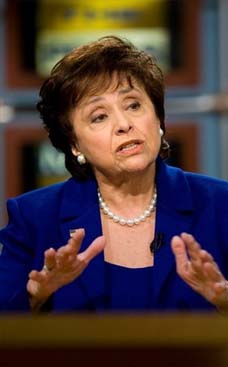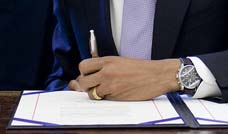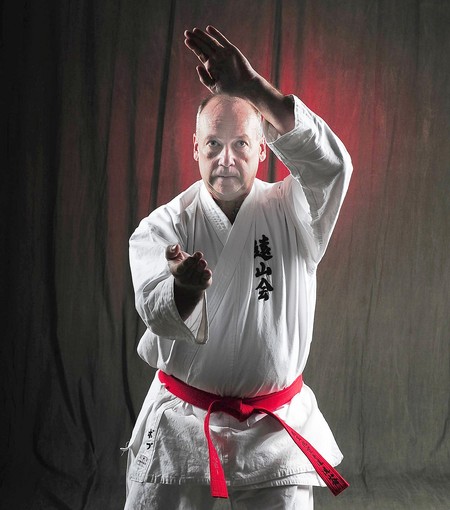
With 28 years of training under his belt - a prestigious red belt, that is - Hollinger knows that achieving that perfect balance takes years of commitment. Born in Reading, he joined the Peace Corps after graduating from college with a teaching degree. After spending two years in Morocco, North Africa, he headed to Japan to teach English for another two-year stint. But two years turned into 17 years, as he embraced the Japanese culture. A vigorous sport, karate increases flexibility through stretching and promotes cardiovascular fitness. "The beauty is, you actually get stronger as you get older," Hollinger says. "In most sports, it's the other way around." "You don't ever have the feeling that you hit a homerun or made that game-winning shot." Instead, karate trains you for that one crisis - that one moment when you need to be able to defend or help yourself. It may be a physical attack, but it also could be a crisis, such as the loss of a job or parent. "We train for a situation we hope never comes. But if it does, we train to be ready for that five seconds we might need it." "Everyone wants to hit someone when they first join karate," usually because they've been bullied or have low self-esteem, says Hollinger of Macungie. "But, instead, as karate teaches you to fight, it teaches how to handle a situation without fighting."
Morocco RPCV Bob Hollinger embraced karate, training under one of Japan's grand master teachers, Hanshi Mikio Tanaka, who holds the highest rank in the Toyama-ryu style of karate
Finding balance
Macungie man trained under grand master in Japan. The reward? 'Achieving a peace and balance which comes from within.'
December 27, 2010|By Irene Kraft, OF THE MORNING CALL
As karate instructor Bob Hollinger prepares to demonstrate a kata, a sequence of karate movements, he is still, quiet and focused. His eyes peer straight ahead. But as his movements begin, you realize that what you initially were seeing was the calm before the storm.
Suddenly, with each swift movement of his arms and legs, you can hear a snap that marks the sheer power behind each blow.
Karate promotes fitness, helping those who train develop a balanced life and improved self-esteem. But it differs from other sports. In practice, there's no full-contact sparring where there's a winner, says Hollinger, who played basketball and participated in track in his youth.
Even after moving back to the United States with his family 10 years ago, Hollinger continued training with Tanaka, returning to Japan each summer to hone his skills. Meanwhile, at home, he practices three to four times a week with his daughters, Rina, 11, and Misa, 8.
For most sports, training exercises change and focus on particular parts of the body. A basketball player, for instance, might strengthen his or her shooting arm. For karate, "I've been doing the same exercises for 28 years," says Hollinger. You obtain the balance you need to perform by stretching and strengthening each part of the body - legs, arms, waist, hips, neck, shoulders, upper and lower back, and chest and abdomen. "If you do 50 kicks or punches to the right, you must also do 50 kicks or punches to the left," he says.
A vigorous sport, karate increases flexibility through stretching and promotes cardiovascular fitness. "The beauty is, you actually get stronger as you get older," Hollinger says. "In most sports, it's the other way around."
"You don't ever have the feeling that you hit a homerun or made that game-winning shot."
Instead, karate trains you for that one crisis - that one moment when you need to be able to defend or help yourself. It may be a physical attack, but it also could be a crisis, such as the loss of a job or parent. "We train for a situation we hope never comes. But if it does, we train to be ready for that five seconds we might need it."
"Everyone wants to hit someone when they first join karate," usually because they've been bullied or have low self-esteem, says Hollinger of Macungie. "But, instead, as karate teaches you to fight, it teaches how to handle a situation without fighting."
It prepares you to be physically, mentally and emotionally fit, he says. "The meaning and rewards of martial arts training are not found in becoming a strong and powerful fighter, but in achieving a peace and balance which comes from within" - a balance of the body and mind.
With 28 years of training under his belt - a prestigious red belt, that is - Hollinger knows that achieving that perfect balance takes years of commitment. Born in Reading, he joined the Peace Corps after graduating from college with a teaching degree. After spending two years in Morocco, North Africa, he headed to Japan to teach English for another two-year stint. But two years turned into 17 years, as he embraced the Japanese culture.
He also embraced karate, training under one of Japan's grand master teachers, Hanshi Mikio Tanaka, who holds the highest rank in the Toyama-ryu style of karate. There are hundreds of different styles, Hollinger explains. "Hanshi" is a title that means master teacher.








